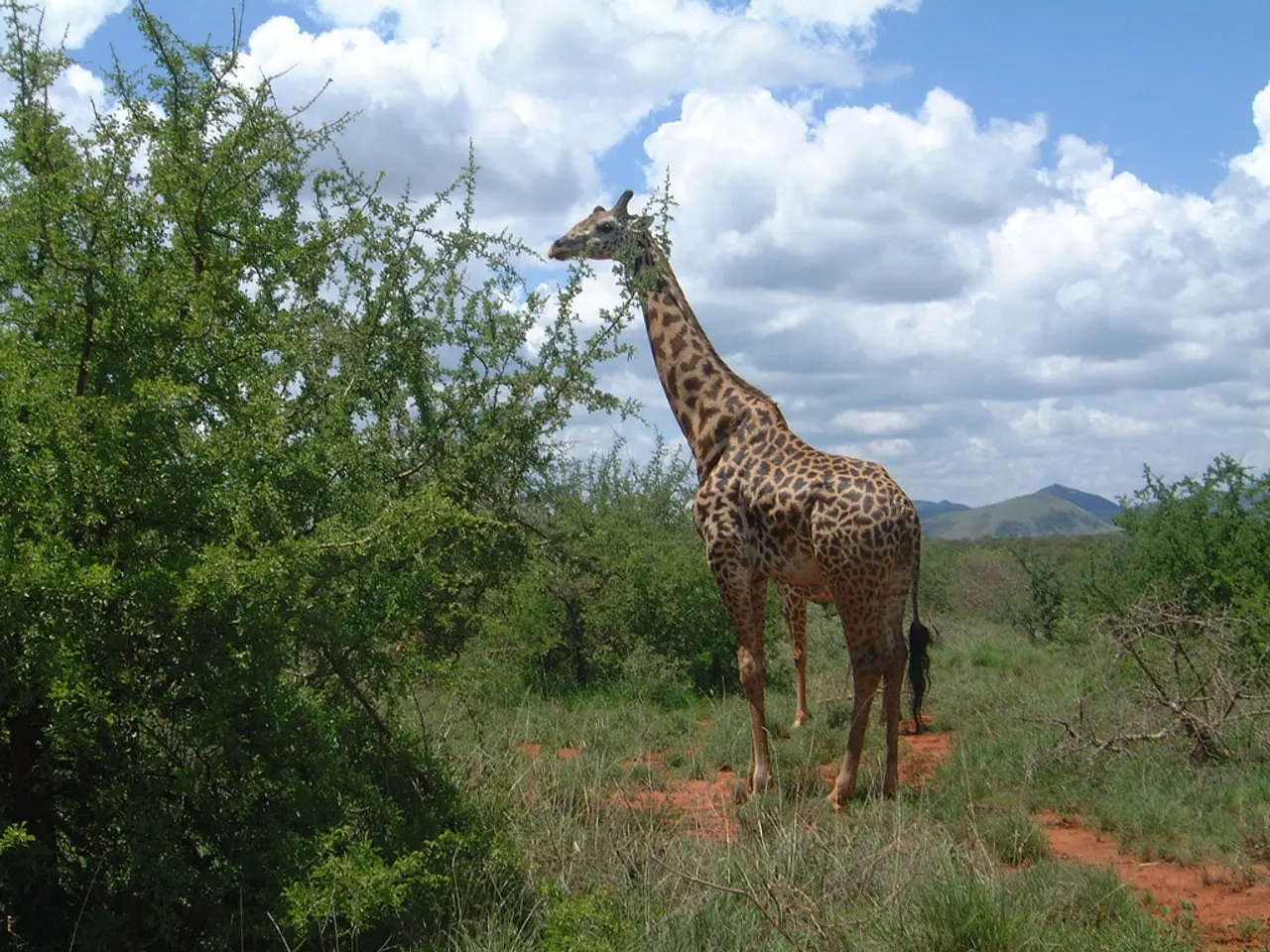Vaccination Plan Against Contagious Nodular Dermatitis in Aosta Valley and Piedmont
Curing Valdostane Cattle from Nodular Dermatitis through Immunization
The regions of Aosta Valley and Piedmont in Italy are taking a proactive step to combat the spread of contagious nodular dermatitis, also known as pseudocowpox or bovine papular stomatitis. A vaccination plan has been devised to protect the health of cattle, public health, and the regional economy.
Background
Contagious nodular dermatitis is a viral disease that affects cattle, causing nodular lesions on the muzzle, udders, and teats. This disease, which has zoonotic potential, can lead to secondary infections and reduced milk production. The disease is endemic in some regions, and outbreaks can result in significant economic losses for farmers.
Objectives
The primary objectives of this vaccination plan are to prevent and control outbreaks in cattle herds, maintain animal health and welfare, protect public health by limiting zoonotic transmission, and minimize economic losses from the disease.
Vaccination Details
The vaccination plan involves the use of live attenuated or inactivated parapoxvirus vaccines. These vaccines are designed to stimulate immunity without causing clinical disease. The target species for the vaccine is cattle, particularly dairy cows and heifers in contact with infected animals or at risk.
The vaccines will be administered by subcutaneous or intradermal injection, depending on the vaccine type. A single dose with a possible booster after 4-6 weeks may be recommended. Animals above a specific age threshold, typically over 3 months, will be prioritized for vaccination, with at-risk herds and those located in regions with recent outbreaks being vaccinated first.
Execution of the Vaccination Campaign
The execution of the vaccination campaign will be a collaborative effort between various entities, including the Aosta Valley Forestry Corps, Arev, and the Regional Agricultural Institute. The vaccines will be administered in the alpine pastures by 15 mixed teams of veterinarians.
The operational protocol for the vaccination involves the collection of the vaccine at Milan Malpensa Airport and its transport to the Prevention Department of the local health authority. The vaccination teams will consist of veterinarians from the local health authority and Anaborava, an association that maintains the genealogical register of local cattle breeds.
The vaccination teams will follow a strict schedule to ensure that the vaccination is completed within 60 days, with the vaccination of 18,000 cattle in the Aosta Valley and Piedmont regions. The vaccines will be stored at the Prevention Department of the local health authority.
Side Effects and Management
Common side effects of the vaccination include mild, transient swelling or redness at the injection site, slight fever, and lethargy lasting 1-2 days. Less common side effects include localized nodular lesions or mild dermatitis due to vaccine virus replication (more common with live vaccines) and allergic reactions.
In the event of side effects, symptomatic care will be provided, and animals with severe reactions will be isolated to prevent secondary infections. All adverse events will be reported to veterinary authorities to aid pharmacovigilance.
Additional Measures
In addition to the vaccination, strict biosecurity practices will be implemented on farms, including disinfection, use of gloves, and quarantine for new animals. Farmers and workers will be educated about zoonotic risks and protective measures during animal handling.
A surveillance system will be in place to early detect and respond to new cases. The regional health assessor, Carlo Marzi, stated that activities continue between institutions, public veterinary health, and farmers to ensure a timely and effective action.
The document distributed among farmers by the local health authority explains that the side effects of vaccination are extremely rare, estimated at less than 0.015%. Civil protection has made available its helicopter for the transport of containment cages, if necessary.
The document from the local health authority aims to provide better and uniform information to farmers, addressing any concerns about the vaccination process. The spread of contagious nodular dermatitis is currently rampant in Savoy and Haute-Savoie, and is carried by flies, mosquitoes, and ticks.
The meeting on Monday will discuss a decree that approves the official mandatory vaccination plan to combat the disease. The shared priority with the Ministry of Health is to protect the health and the specificity of the regional livestock. The document from the local health authority contains information aimed at addressing any concerns about the vaccination process.
Science plays a crucial role in the development of vaccines used in the prevention of contagious nodular dermatitis, a viral disease affecting cattle. The health-and-wellness of both the cattle and the public relies on the successful implementation of the vaccination plan, aiming to limit economic losses and control outbreaks in the regions of Aosta Valley and Piedmont, Italy.




